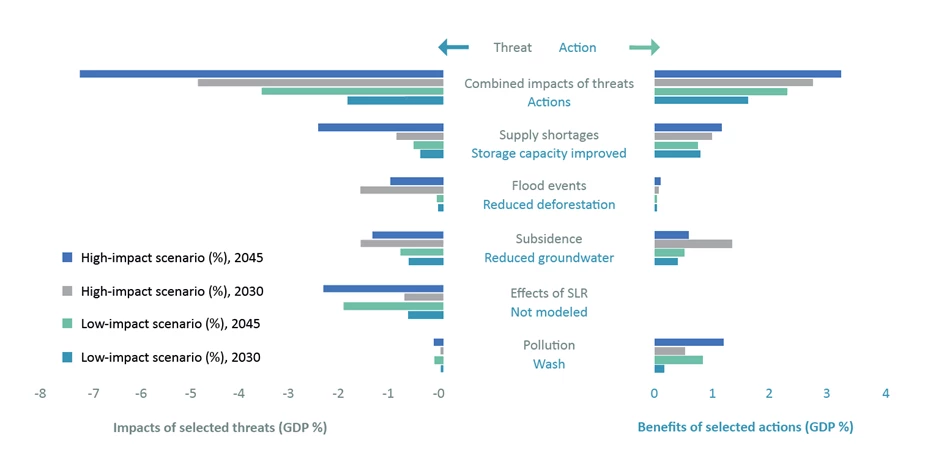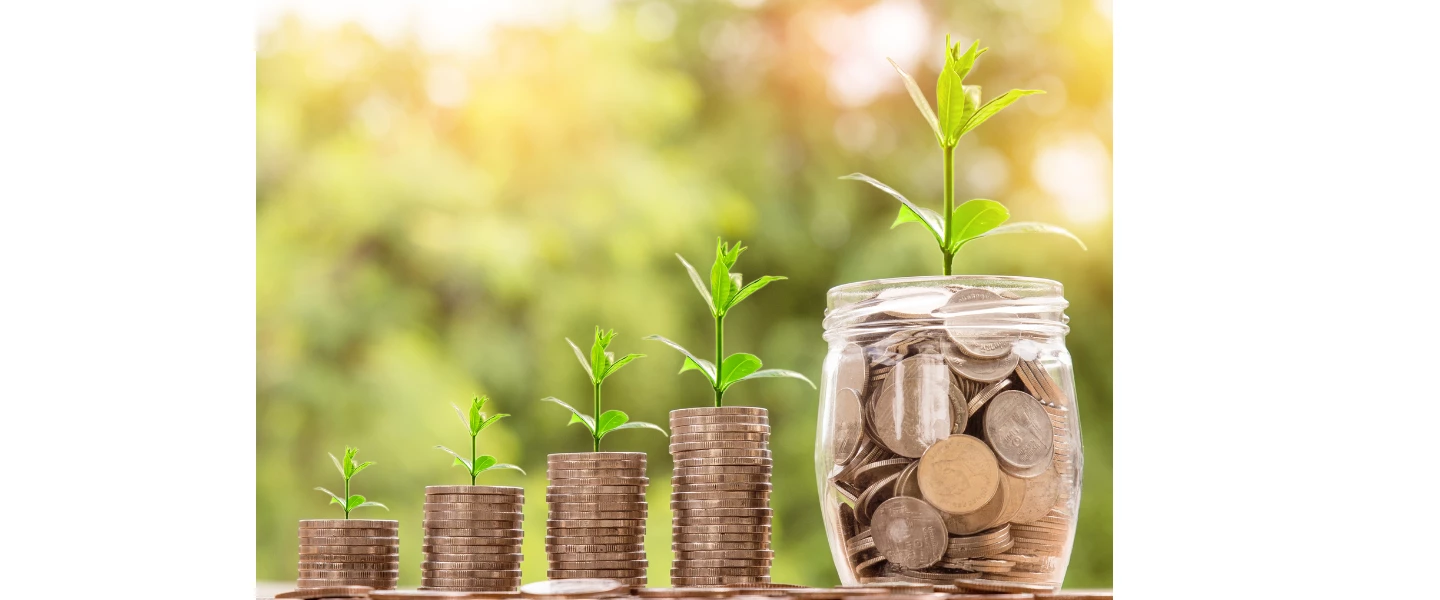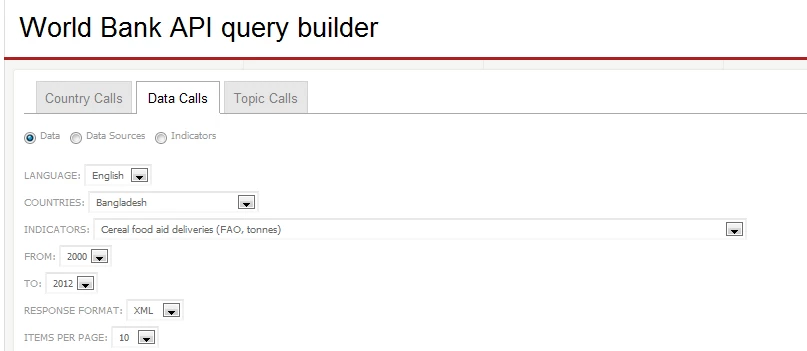
In October 1950, the World Bank made a loan of $3 million to Thailand for the
rehabilitation of the Royal State Railways.
The World Bank has partnered with Thailand for 70 years, through both good times and times of hardship. The World Bank’s first loan in 1950 helped improve Thailand’s transportation systems - including railways, ports and highways - and financed irrigation projects that benefited farming families. Since then the World Bank has continued to support projects in education, agriculture, telecommunications, infrastructure, water resource management, energy, public sector development and health.

a direct result of the Chainat Barrage across the Chaophraya River.

the World Bank made a loan of $4.4 million,
the greater part of which was used to open the Port of Bangkok to larger ships.
In recent years, our relationship has developed from that of a borrower-lender to being true knowledge partners. The World Bank Group’s engagement in Thailand revolves around economic policy dialogue, technical assistance and implementation support on issues as diverse as sustained high economic growth, community development and peace-building in the Deep South, climate change, education, infrastructure investment and regulatory reform. Sound advice from the World Bank Group has helped pave the way for Thailand’s progress along its developmental path. For instance, Thailand was identified as one of the top 10 economies that improved its ease of doing business, according to the World Bank Group’s flagship report “Doing Business 2018”, due to a broad range of reforms that included streamlining its new business registration process, strengthening the rights of borrowers and creditors, and introducing an automated risk-based system for selecting companies for tax audit.

is strengthening the curriculum and integrating peace activities into classrooms.
Collaboration between Thailand and the World Bank Group, such as through recent Reimbursable Advisory Services (RAS) programs, reflects the strength of our partnership. Under RAS programs, the World Bank works with countries at their request, providing technical advice, analytical services, and implementation support. Not only have RAS programs been implemented to a high quality, but recommendations from RAS programs have been practical and aligned with Thailand’s national strategies to increase competitiveness and inclusiveness of the Thai economy.
Although Thailand currently has strong economic fundamentals in place, it is still facing many challenges. The World Bank Group’s engagement in Thailand in the medium term will be tailored to help Thailand address its economic and social challenges including inequalities; a rapidly aging society; water management; and climate-related risks. Drawing on the “local insight, global knowledge” approach, the current Country Partnership Framework (CPF), 2019-2022, is a significant milestone in our partnership, aiming to promote resilient and sustainable growth while strengthening inclusion.
With the commitment of the Thai government and the expertise and tireless efforts of the World Bank Group, we are making a real difference in the lives of many Thai people. In this spirit, I congratulate all of those involved in our 70-year partnership, and I urge everyone to commit to this work, and to work together to support Thailand’s continuing transformation towards an innovative, inclusive and sustainable economy.



Join the Conversation